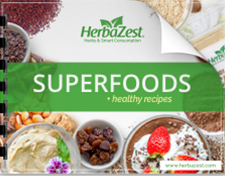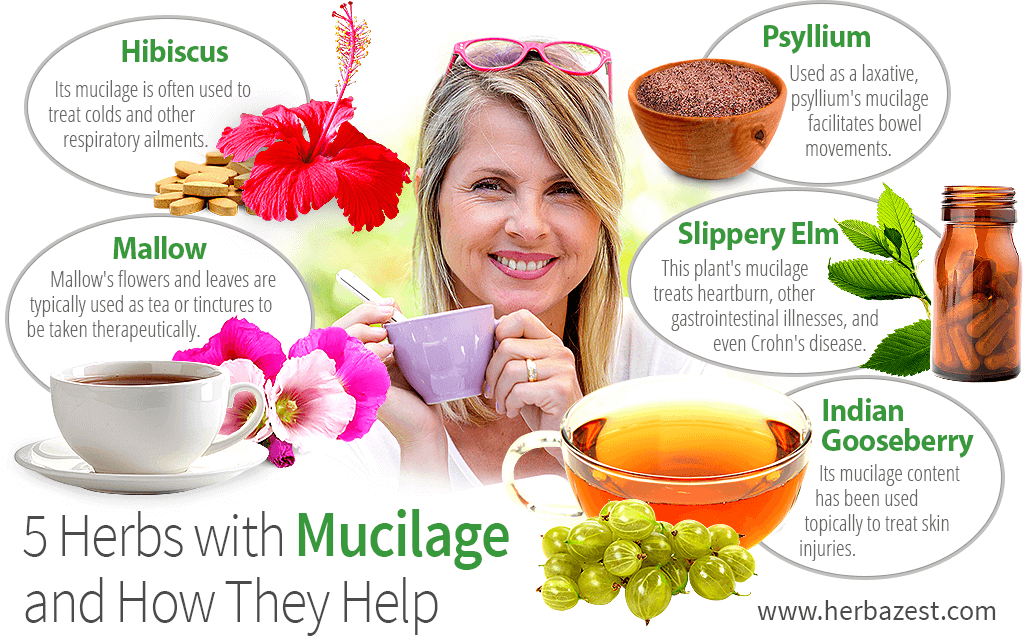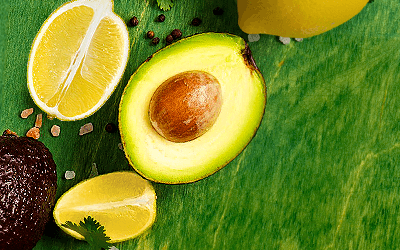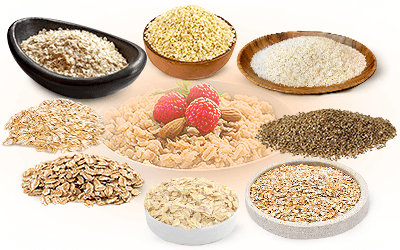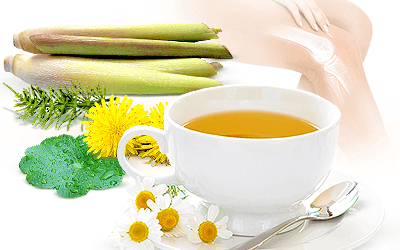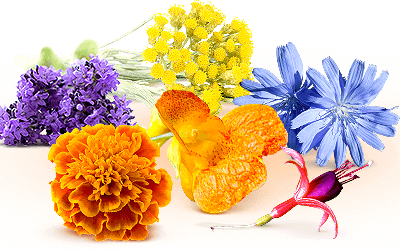Mucilage is a plant-based compound found in many species around the world, but mostly in tropical and subtropical areas. This jelly-like substance is responsible for storing water in plants, making them drought-resistant.
For centuries, it has been used to heal a variety of illnesses and injuries, and it still has many practical uses in the modern world. Some of the most popular applications for this viscous compound, include treating burns, wounds, ulcers, external and internal inflammation, irritation, diarrhea, and constipation. The following five plants are high in mucilaginous content, and they can be used for a variety of purposes.
1. Psyllium
Commonly used as a laxative, psyllium is a grain with high fiber content, up to 70% more than oats. Once in the stomach, psyllium doesn't get absorbed in the small intestine and passes right through to the large one. There, it absorbs excess water and increases around 10 times in volume, becoming a mucilaginous gel responsible for bulking the stools and stimulating their elimination. Psyllium is usually taken as a supplement in powder or capsule form, with plenty of liquids.
2. Mallow
Mallow has anti-inflammatory properties, and its mucilage content is often used to treat mucosal irritations of the mouth and throat that cause dry cough. It acts as a demulcent, forming a protective film over inflamed mucous membranes. Mallow's flowers and leaves are typically used as tea or tinctures to be taken therapeutically. Due to its thickening properties, mallow leaves are added into sauces and soups. The medicinal properties of this herb are also available in supplements and creams.
3. Hibiscus
This beautiful, aromatic flowering plant has many properties and offers a variety of health benefits. Its mucilage provides effective antitussive actions, and it is often used to treat the common cold and other respiratory ailments. Hibiscus is mostly found online in capsule form or as tea.
4. Slippery Elm
This is a very popular herb when it comes to treating heartburn and other gastrointestinal illnesses, including Crohn's disease. Its mucilage has an extremely soothing effect on the intestinal walls, helpful in relieving pain, irritation, and inflammation. One of the advantages of consuming this herb lies in its notorious lack of side effects. Slippery elm is commonly found in the form of tablets and tea.
5. Indian Gooseberry
This climbing, leafy cactus is mainly used for its great medicinal properties, although its fruits and leaves are also widely consumed in the areas where it grows. Being a cactus, it has a significant mucilage content, which has been used to treat skin injuries. Its lack of toxicity and side effects has been widely studied, and its folk use for wound healing has been recognized. To make the most of Indian gooseberry's mucilage content, it's best to consume it in powder or capsule form.
As you can see, mucilage in plants has an enormous potential for treating a variety of conditions. This powerful compound can also be found in dietary fiber products and capsules. Now that you know more about it, next time you have a stomach complaint or a minor injury, instead of running to the medicine cabinet, you might consider turning to your garden.
Sources
- Journal of Experimental Botany, Mucilages and polysaccharides in Ziziphus species (Rhamnaceae): localization, composition and physiological roles during drought‐stress, 2002
- Revista Brasileira de Farmacognosia, Wound healing properties and mucilage content of Pereskia aculeata from different substrates, 2014
- University of Michigan Health, Health System. Slippery Elm
- Journal of Ethnopharmacology, Mucilaginous plants and their uses in medicine, 1990
